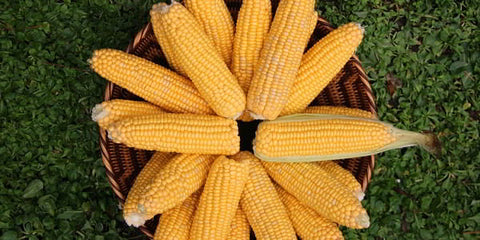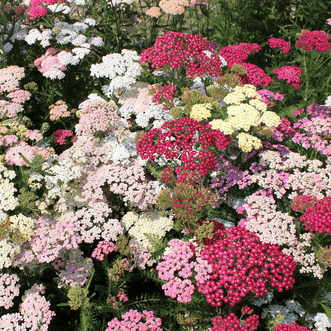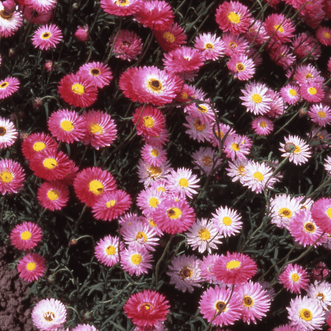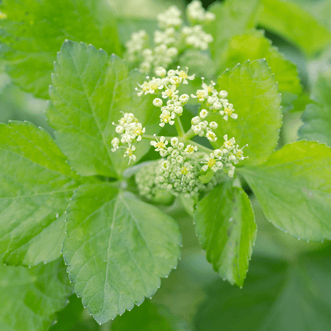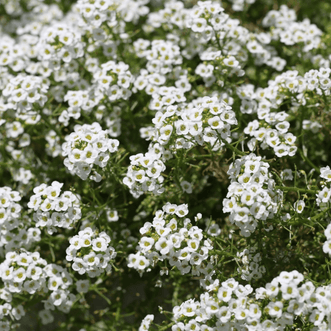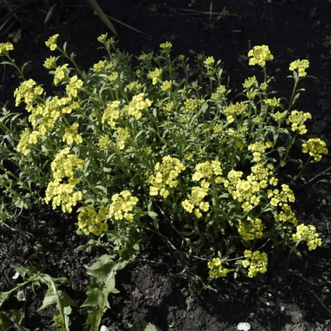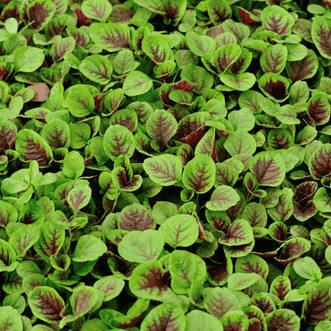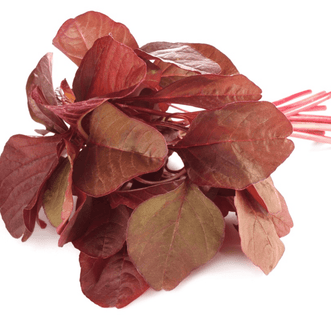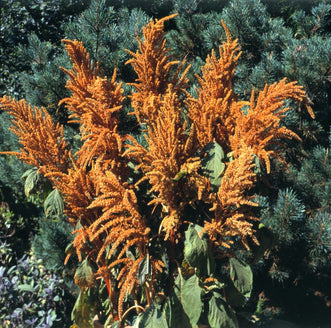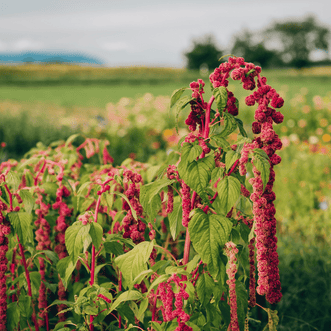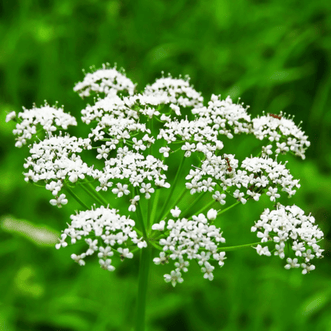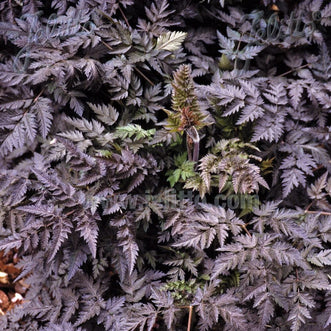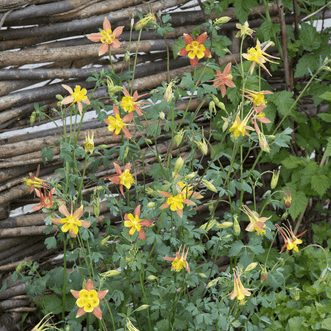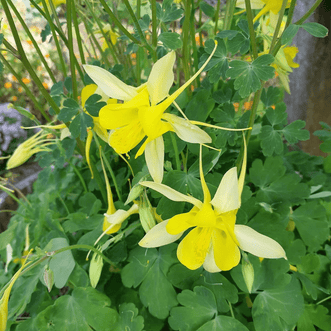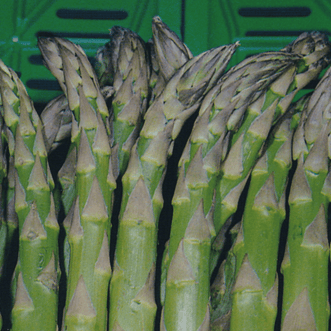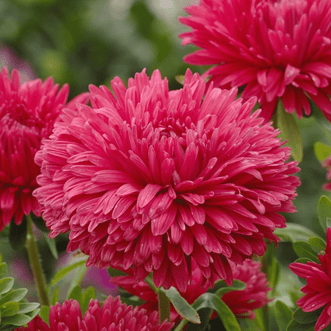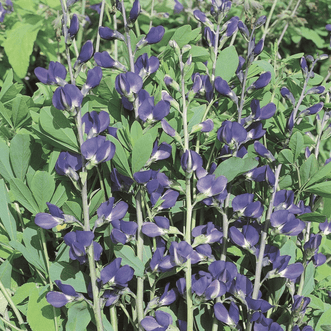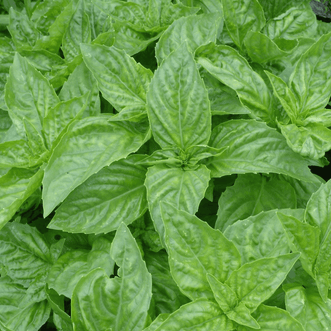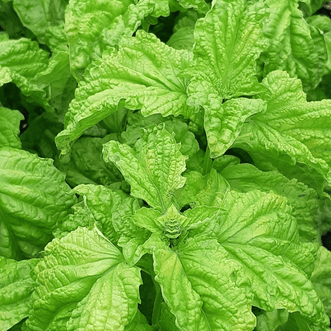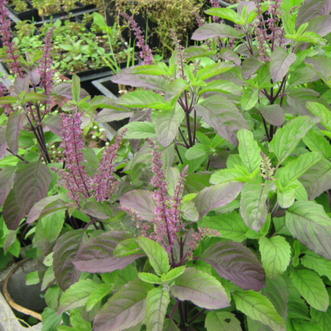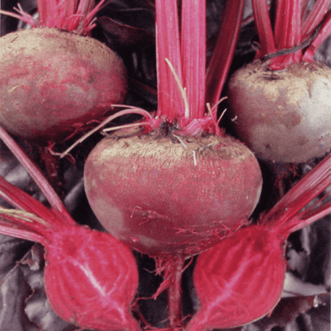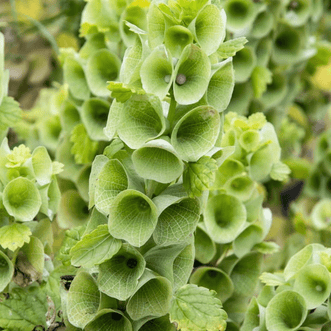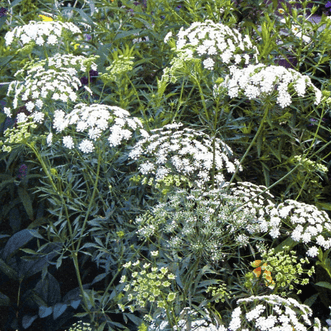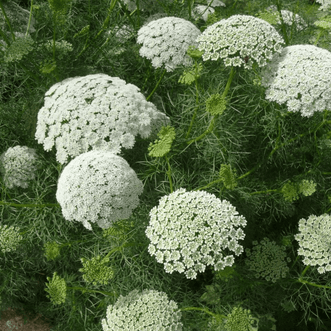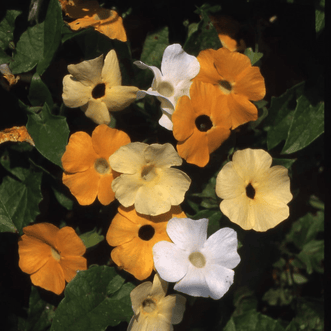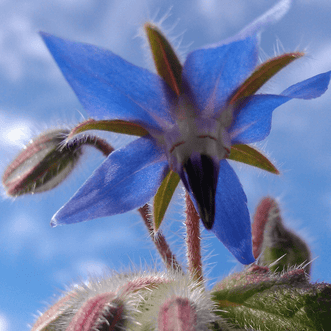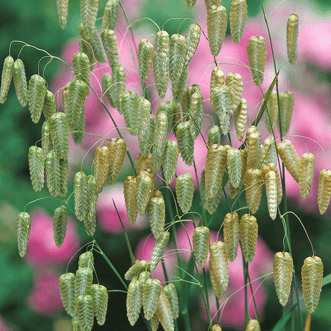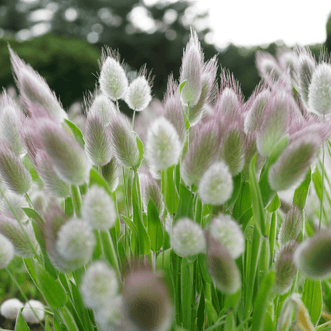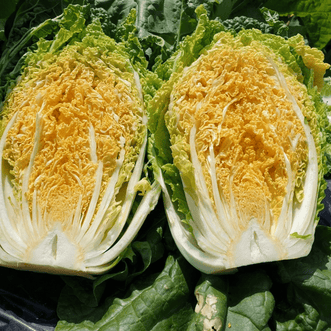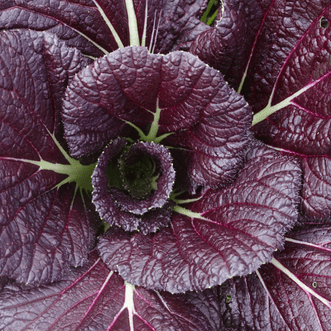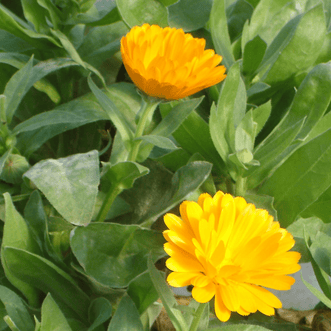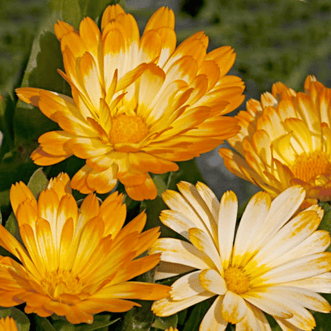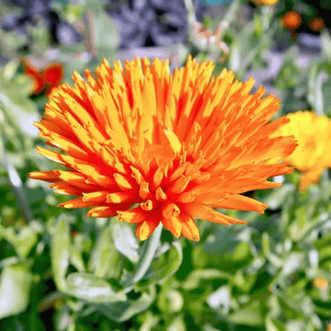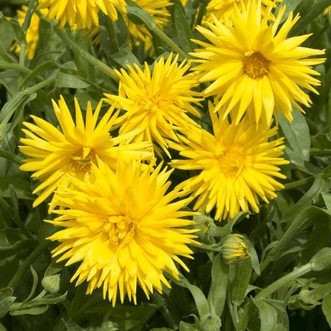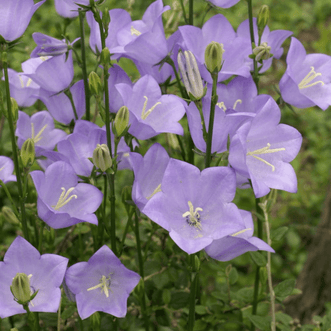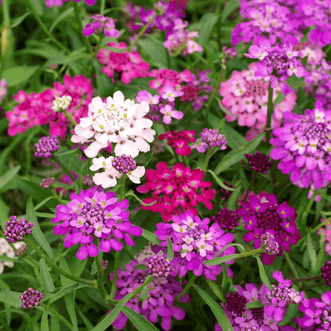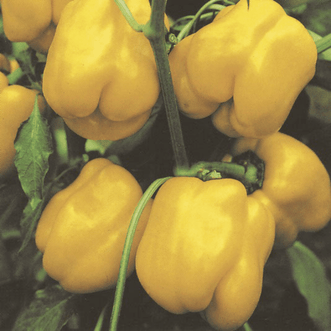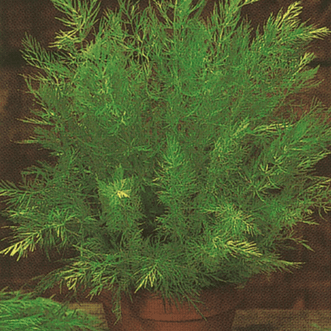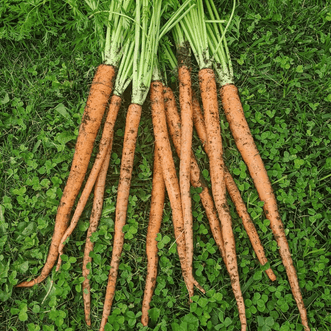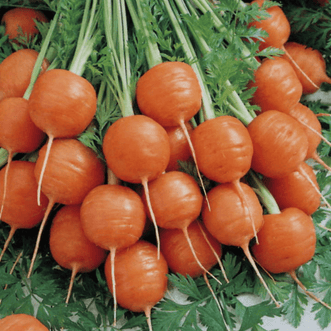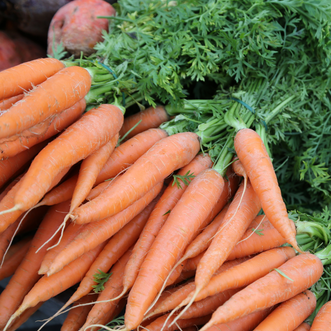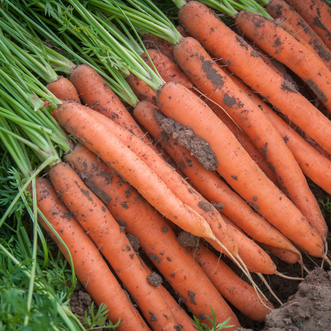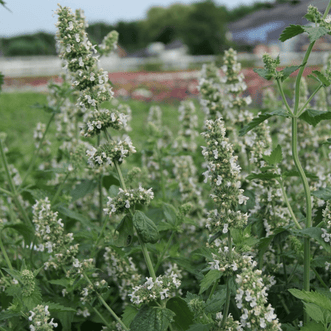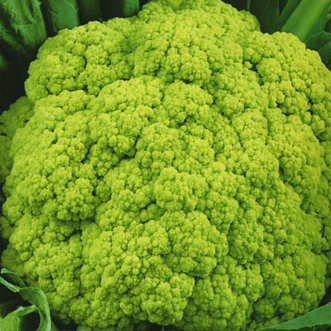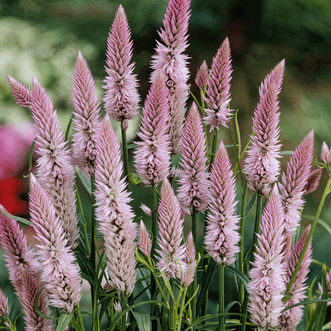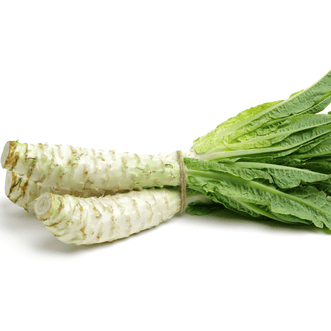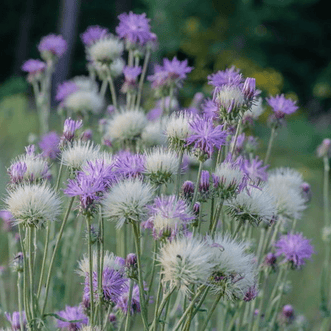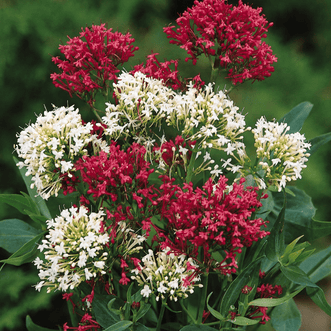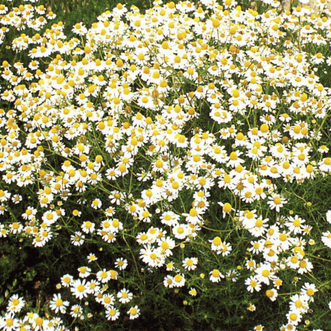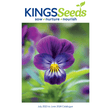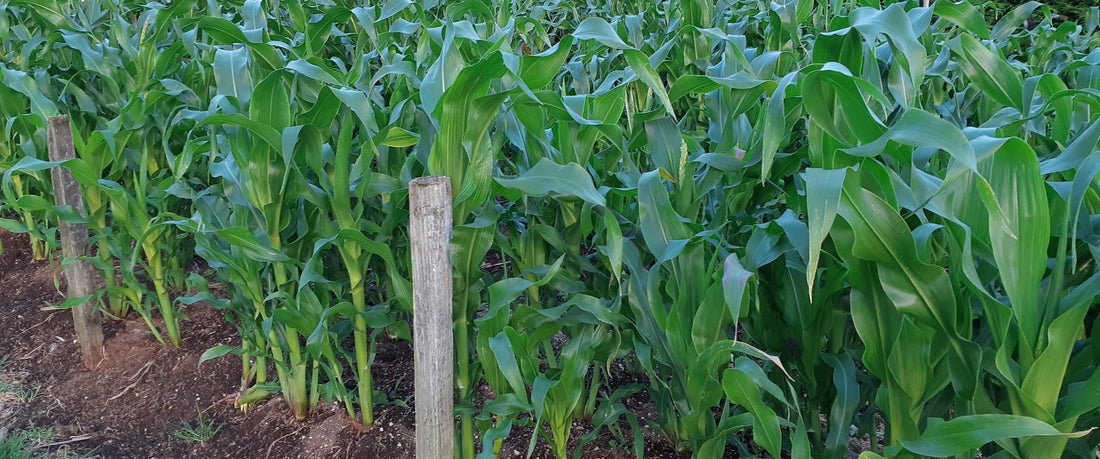
Guide to Growing Sweetcorn
GerardLike many gardeners at this stage of the season, your sweetcorn patch is probably growing very quickly...
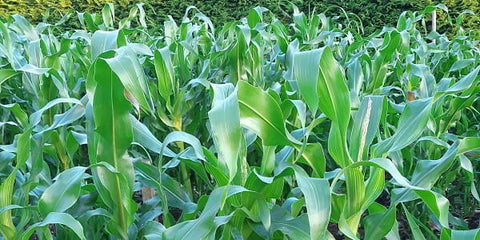
Earlier sowings are starting to show signs of the male tassels appearing at the top of the plants while later sowings will be still in an active vegetative stage getting taller by the day.
As a general guideline, most Corn varieties take approximately 120 days from sowing to when you can harvest the delicious cobs. If you haven’t yet sown any, it's not too late to get a crop going in most areas, just ensure that you keep it well-watered during the hot and dry summer months.
Hopefully, you’ve planted your corn in a block rather than in single rows as this is the best way to get better pollination happening. The reason for this is that corn relies on wind rather than insects to pollinate. There is more chance of the male flower (or tassels on top of the plant) meeting with the female silks (on the end of the immature cobs) so that fertilization can occur. Each silk represents one kernel so it's important that each silk does come in contact with pollen, otherwise you'll end up with missing kernels on your cobs.
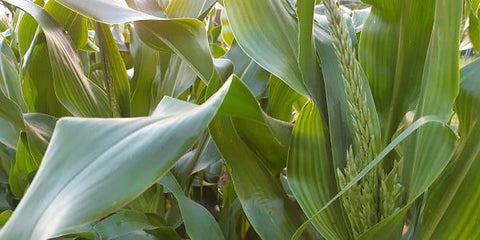
You can aid this reproductive process! During the 10 day window when the male tassel is releasing pollen, walk through your patch and lightly shake your plants to disturb the pollen allowing it to fall onto the silks.
As the cobs develop, they sit very upright. But as they ripen, they start to angle away from the main stem with the silks turning colour from a light blonde to a dark brown. They're ready to pick when the silk is dark brown all the way to the kernels. You can check the ripeness by gently pulling back the leaf sheath on the tip of the cob and using your fingernail. Press into the first kernels, the juice coming out should be milky.
Most modern varieties of corn only have one decent sized cob per plant with a secondary half-size cob as an afterthought. Older heirloom varieties like Country Gentleman or Golden Bantam can quite often have 2 to 3 decent sized cobs per plant. Glass Gem, the ornamental popping corn can produce up to 9 cobs per plant on its multi tillers.

Corn is a very easy summer crop to grow but like any plant, problems can occur and it's important to understand what causes these:
-
Leaves are yellowing - not enough nitrogen in the soil. Drench the ground with a generous application of liquid fertilizer several times and soak well in with irrigation.
-
You have high winds and the whole row gets blown over - as long as the stalks haven’t snapped, stand the plants up and give them some support with a stake or string down the side of the row and pile some soil up around the base of the plant.
-
Reddish-brown blisters on the tops of leaves and stalks - this is rust or fungi. Rust favours warm humid weather so avoid overhead irrigation and prune away infected leaves and discard them elsewhere.
-
Kernels are pink or mouldy - brown lesions on stalks near leaf joints are another sign of fungal disease. Remove infected plants and dispose of them elsewhere along with any leaf litter from around the base of the plants that may be harbouring spores.
-
Some insect is eating into the tops of your cobs - most likely a Corn Earworm or similar that resembles a brown striped caterpillar. It burrows down through the silks eating the new kernels as they develop. Either thoroughly spray your crop with BT and a spraying oil-based concoction at summer strength or check each cob and squash the offending grub between your fingers.
-
Plants produce small cobs - you’ve planted them too close. Next season allow at least 45cm between plants.
-
You’ve planted supersweet corn but it's not sweet - quite likely it's received wind-blown pollen from a neighbouring patch of maize or corn that’s not neutralized the sweet gene in it.
And finally, if previously you’ve only ever eaten corn on the cob by boiling it, why not try it on the barbecue for a change. Charred but not blackened corn gains some yummy savoury flavour especially when you serve it garnished with cracked pepper, rock salt and a generous dollop of butter.
YUM - the great taste of summer!
